Japanese Chin
If you want to have a dog and Japanese culture is close to you - pay attention to Japanese Chin. This is not just a pet - it's a dog, close to the imperial court! Find out the opinion of professionals about its history, content and nutrition in this article.
- Origin Japan, Growth 20 - 40 cm., Weight 1 - 3 kg.
- Lifespan 10-15 years
Popularity
Wool length
Size
Health
Mind and wit
Fit for allergics: No
Name of the breed: Japanese Chin
For families with children: Yes
Difficulty of care: No
Dog guard: No
Guide-dog: No
Ability to train: Yes
 Interesting Facts
Interesting Facts
- Until 1977, dogs of this breed were called "Japanese Spaniel".
- These pets do not do very well with a long road.
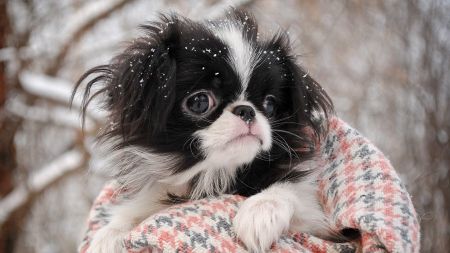
- But the relationship with his children is just wonderful. But, even with this fact about Japanese Chin, children under 7 years old should explain how to properly handle a dog.
- Kimono sleeves often became a “bed” for these little dogs.
- Another fact is that these tetrapods have proven themselves as an "anti-stress". They are even often kept in nursing homes.
_120x126.jpg) Breed history
Breed history
The origin of Japanese Chin dates back to more than one millennium. Its roots originate about 3 thousand years ago. There are two versions: according to the first - these dogs were brought to Japan by a Tibetan monk, according to the second - the history of Japanese chin began directly in Japan itself.
Regardless of which of the theories is true, the indisputable fact is that these pets were highly valued among the richest people, among the aristocracy, at the court of the emperor. They cost fabulously expensive, but no gold stood in the way of having Japanese chin.
In Europe, these four-legged were only in the 19th century, and received its modern name in 1977th year.
_120x127.jpg) Japanese chin description
Japanese chin description
Aristocracy is the first word that comes to mind when looking at this dog. Appearance is characterized by consistency and harmony. His body is short, compact, his neck is straight, not long, his back is wide and straight. On it lies a tail richly covered with hair. The belly is taut.
The head of this breed of dogs is wide, small. The transition from the muzzle to the skull is clearly visible. The forehead is as if pressed. The eyes are set wide apart, large and dark. Almost at the same level with them is the nose, the lobe of which is black and brown. Ears are long and drooping, thickly covered with silky hair.
The coat, almost completely devoid of undercoat, makes the description of Japanese chin really luxurious: it is long, soft and incredibly beautiful. The colors are as follows:
White with black spots
White with red spots
Japanese chin parameters:
Height: about 25 cm.
Weight: 1.5-3 kg.
 Dog care
Dog care
This dog has a number of features. First, he wants to feel needed in the family. Secondly, it is wary of strangers, does not tolerate familiarity. Thirdly, he surprisingly accurately feels the mood of his master and is always ready to adjust to it: be it melancholic lying on a sofa or very active games in the yard.
Due to its compact size, the content of Japanese Quin is possible in the apartment. Bathing is carried out about once every 3 weeks, and combing every 2-3 days. Especially closely recommended to ensure that the formation of mats. During the period of molting (spring, autumn) combing quickens (every day).
A dog can be accustomed to a diaper, but forgetting about walks is not the best way out, unless of course you want your pet to become lazy and asocial.
_120x106.png) Japanese chin nutrition
Japanese chin nutrition
The issue of nutrition always provokes a lot of controversy. They relate to which type should be chosen: industrial feed, organic food, or a mix of two types. There is no single answer. The main nuance that is worth considering is the quality. Japanese Chin's diet should be healthy and balanced.
Industrial feed, whether dry or wet, should be chosen from the manufacturers superpremium or holistic class. Natural food should be properly prepared, consist only of those ingredients that are allowed in the diet of Japanese Chin. For example, meat, cereals, vegetable oils, fruits.
_120x120.png) Japanese chin training
Japanese chin training
First of all, it should be noted that you need to bring up any dog, regardless of its breed. It is better to start this immediately after the puppy has appeared in the house. It is advisable to immediately accustom him to the mode of the toilet, to the place, to walks on a leash. These are basic skills. Then you can proceed directly to the training of Japanese chin.
The main principles of learning are respect and authority. Crush, scream, beat the pet is not worth it - it can become aggressive and bite its owner. It is possible to encourage delicacies, but they need to be changed regularly in order not to lose interest.
The learning process takes time and some effort, but they pay off in the face of a educated, affectionate and devoted little dog.
_120x129.jpg) "Kogashir" - what is it? Japanese chin uniqueness or defect?
"Kogashir" - what is it? Japanese chin uniqueness or defect?
The unusual look of the eyes of these four-leggeds may at first frighten and start thinking about the problems with the pet's health. But, “Kogashira” is that unique Japanese Chin, which is very much appreciated. This phenomenon is nothing but a feature of the structure of the eyes. "Kogashira" looks like spreading the eyes in different directions (to the outer corners).
Do you like this breed? Choose a suitable offer on PetGlobals.com!
We collected the advertisements from all around the world and placed them on international platform for buying/selling pets. Only on our Web-site you can find the most rare breeds of cats and dogs!
Advertisements for buying/selling cats
Advertisements for buying/selling dogs
With help of PetGlobals.com your future pet is closer to you!
 Select language
Select language 





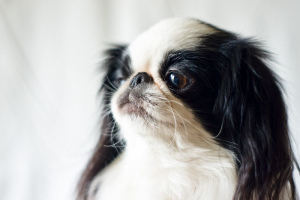



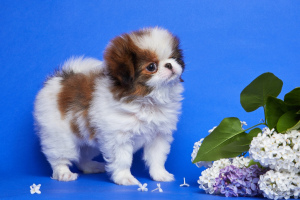

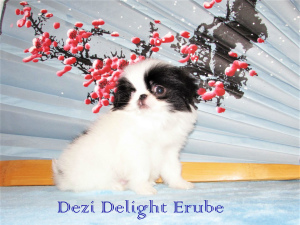
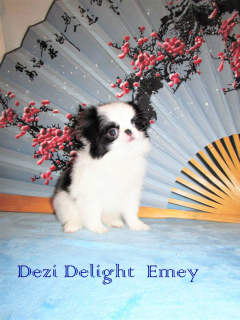
.png)
